What Does a Dental Hygienist Do?
Dental hygienists work closely with dentists, helping people achieve and maintain oral and dental health. Dentists are experts on diagnosing and treating diseases that affect the oral cavity, extensively educated doctors of dental health. Dental hygienists also undergo extensive training, earning licensure as oral health professionals who focus on education and preventive care. Your dental hygienist detects early indications of potential problems while cleaning and polishing your teeth, teaching you how to properly care for your teeth in between professional cleanings.
While dental hygienists do much more than clean teeth, the main responsibility of a dental hygienist is to thoroughly clean the patient’s teeth. The process of cleaning plaque, calcified plaque – known as tartar – and stains from the teeth is called prophylaxis and relies on specialized tools and finely tuned skills. Hygienists use ultrasonic scalers, when needed, to remove calcified tartar, before using precision dental tools to scrape plaque and tartar off the teeth above and below the gum line. Once the teeth are cleaned, the dental hygienist polishes them, smoothing and shining them and helping prevent gum disease, tooth decay, and bad breath.
Before the dental hygienist cleans your teeth, they will perform an initial dental exam, checking for cavities or areas of wear on the teeth, measuring the depth of the gum tissue pockets to check for recession and gum disease, and assessing for other signs of gum disease like swelling or bleeding on probing. This initial evaluation might include X-rays, which can indicate hidden decay, dental abscesses, bone loss, and other complications that may not be visible to the naked eye. After your dental exam, your dental hygienist might apply a protective treatment, depending on the condition of your teeth. Two of the more common protective applications are:
- fluoride treatments, designed to protect the teeth against cavities and strengthen dental enamel
- Fluoride treatments are often used in children, whose developing teeth are especially vulnerable to decay
- Adults with a history of tooth decay may receive fluoride treatments, especially when certain underlying conditions exist
- sealants, which are thin layers of dental resin painted onto the chewing surfaces of the molars
- Sealants are especially helpful for patients who have deep pits and grooves in their molars
- Sealants are used for patients who may struggle to clean their molars, including most children and patients with poor motor skills or other special needs
Everything a dental hygienist does is important, but their role as educators can’t be overlooked. Dental hygienists show parents how to properly care for their children’s teeth and how to teach the children to clean their own teeth when it’s time. They demonstrate the proper way to hold a toothbrush, how to brush effectively yet safely, and how to floss without damaging the gums. While this is especially useful for children, some adults can also benefit from some retraining in terms of home hygiene; if you have receding gums or if your gums occasionally bleed, ask your dental hygienist to show you how to brush and floss without damaging the delicate gum tissue, and work toward your own gentle yet thorough approach.
Hygienists can recommend specialized products and methods for conditions like tooth sensitivity or dry mouth, and they assist patients with orthodontic appliances like braces, and patients with dental implants or other dental restorations, ensuring the proper tools and techniques are used in these situations. While performing all of these nuanced, skilled tasks, dental hygienists keep the dental records up to date, maintaining the medical history and noting details, changes, and concerns. Clearly, the dental hygienist is an essential, crucial part of any dental team, educating and supporting the patient while collaborating with the dentist to ensure optimal oral health and a comfortable, satisfied patient.
